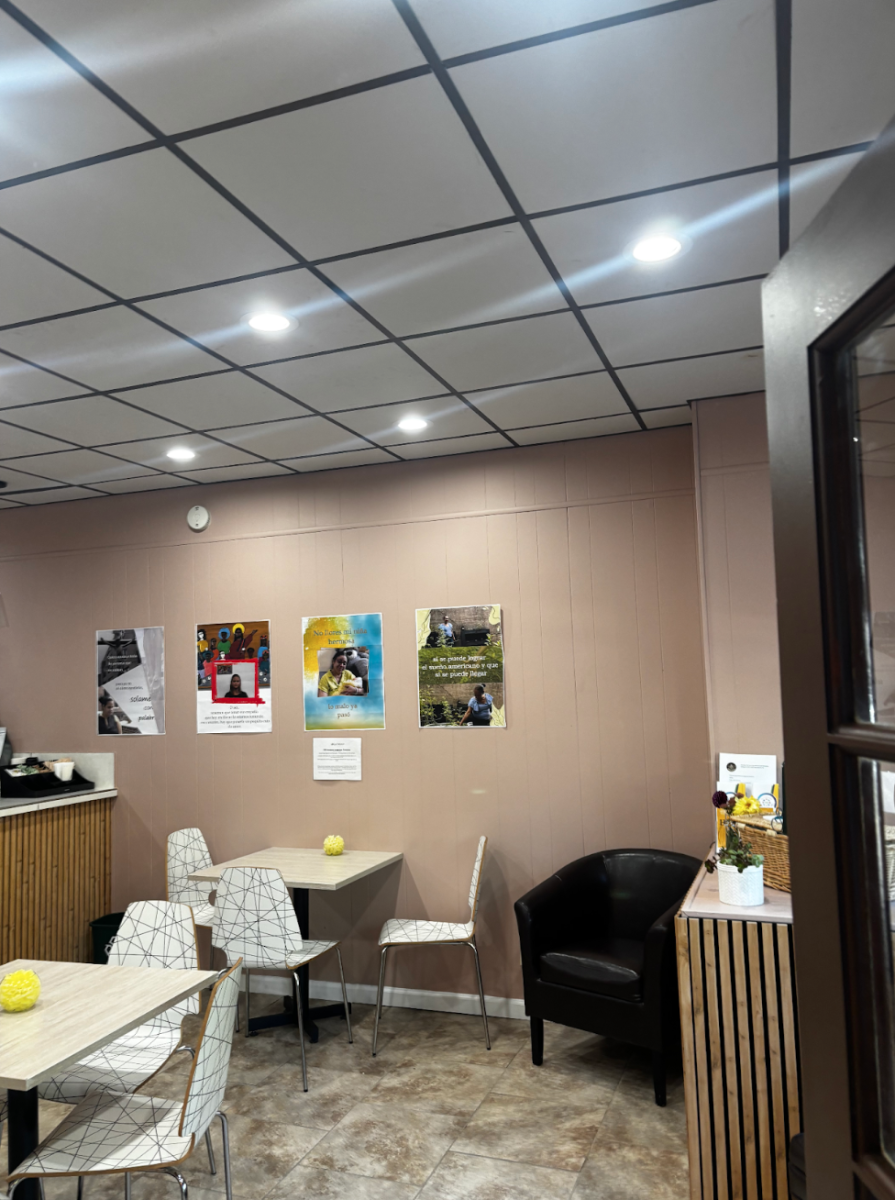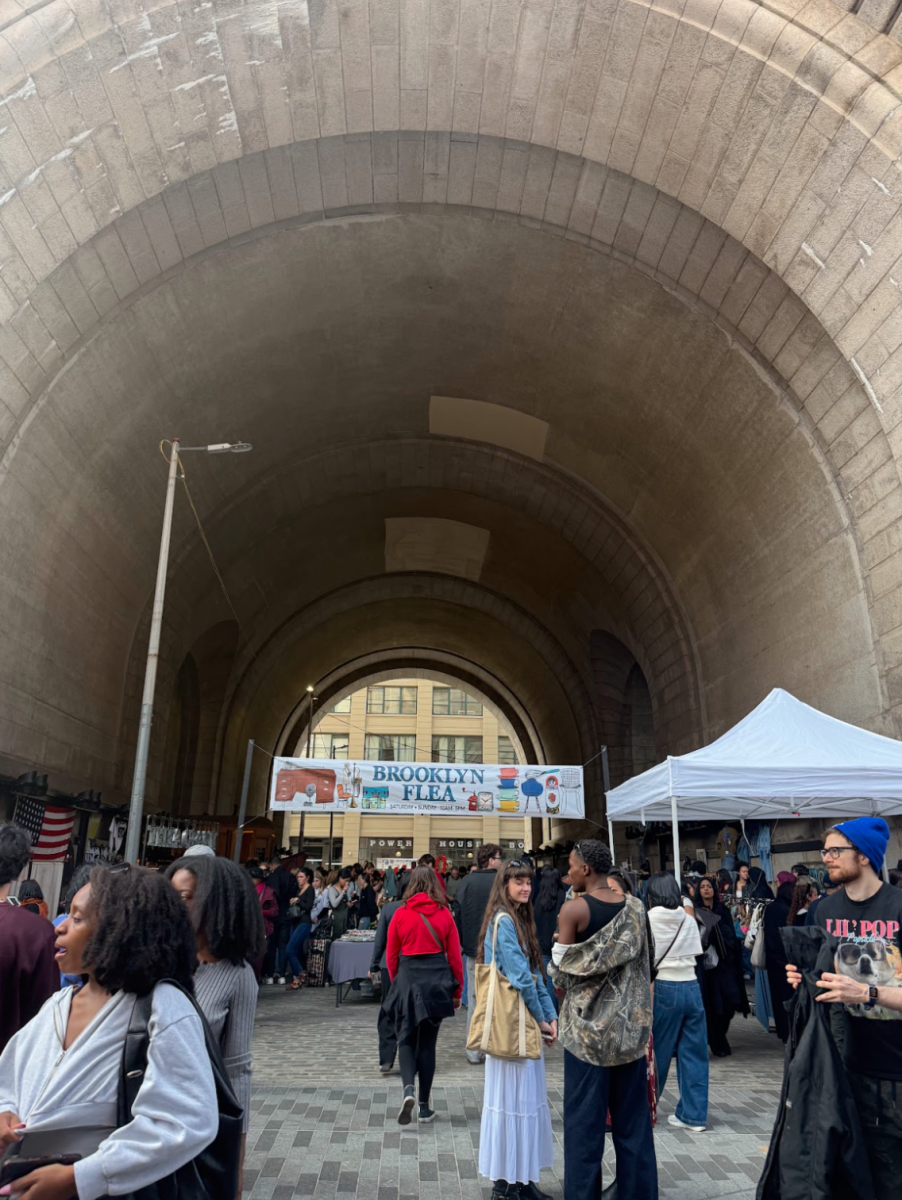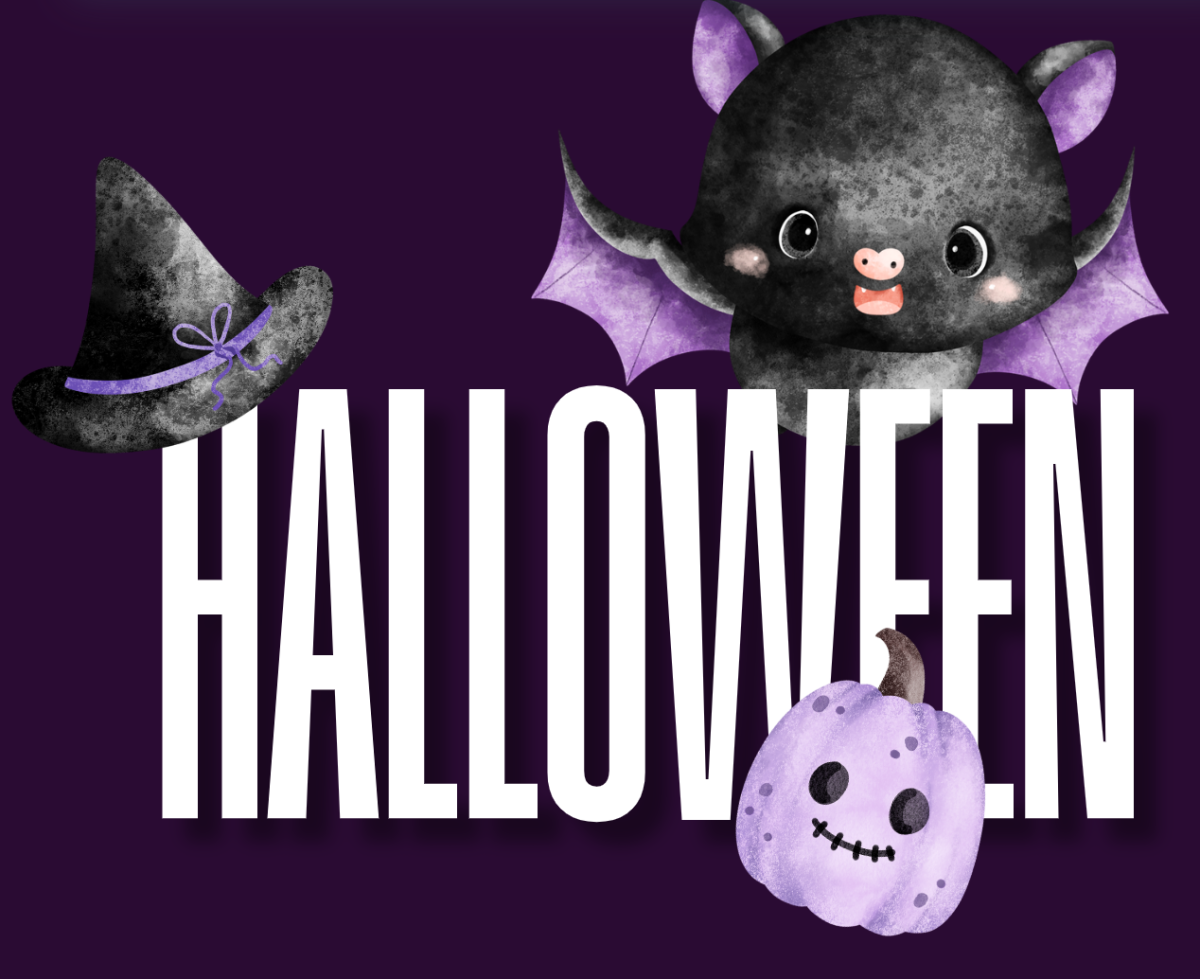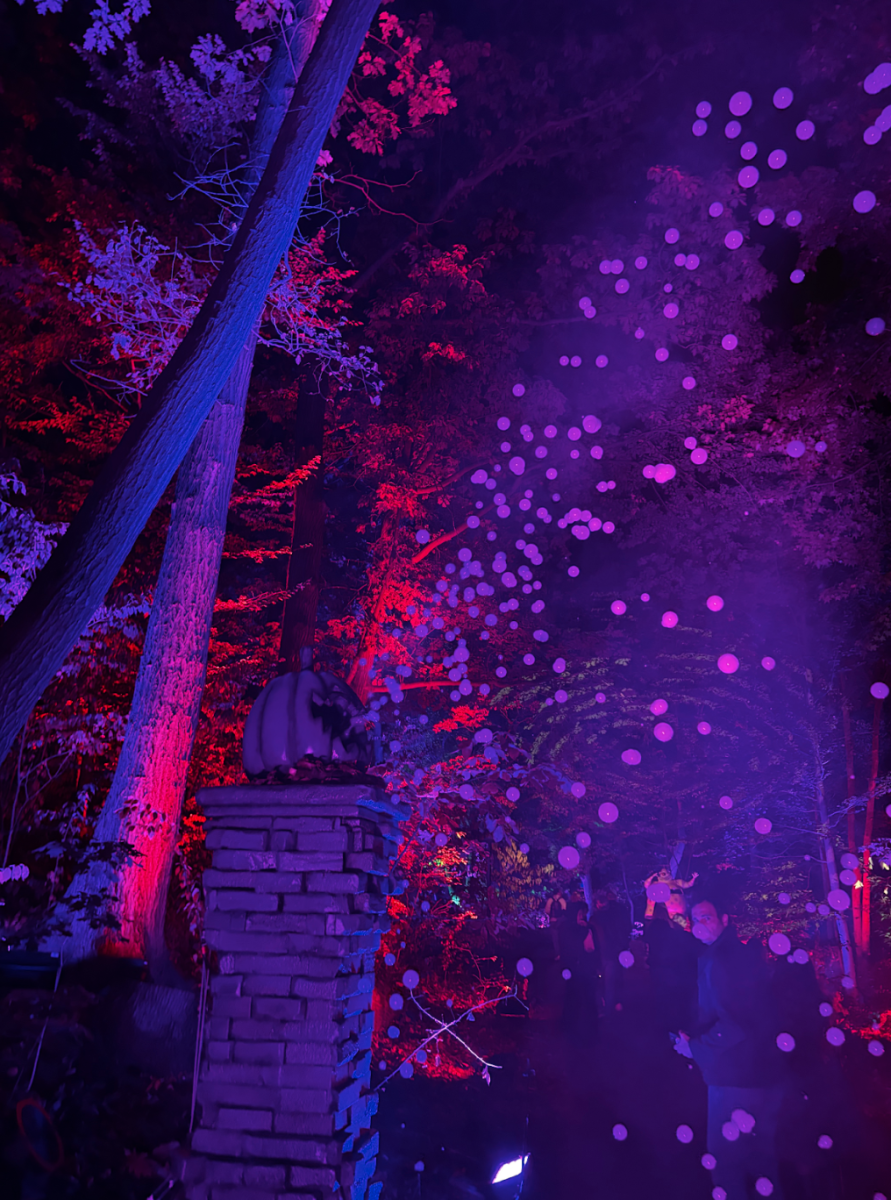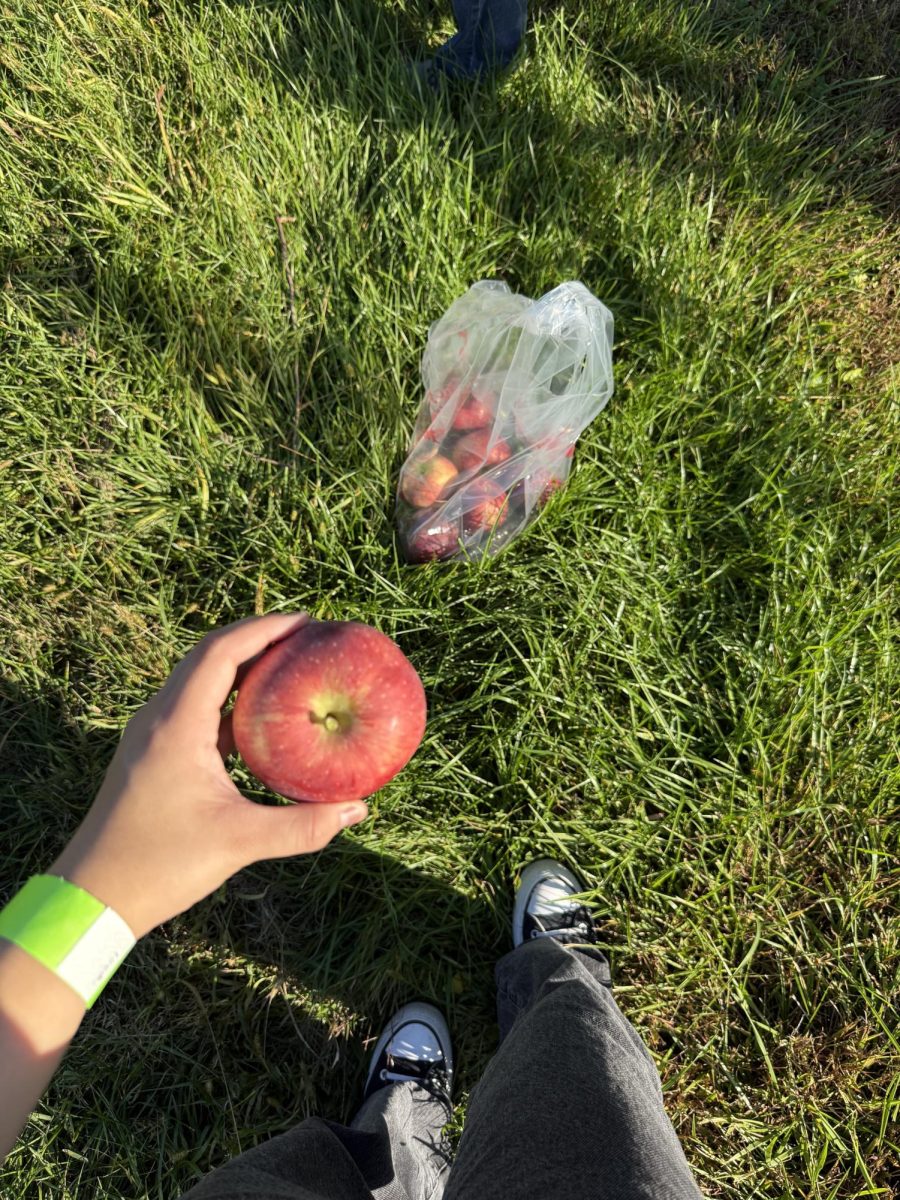By LAUREN MACDONALD
CONTRIBUTING WRITER

An all-night party with friends is a pinnacle of social experience that many seek to capture. In this day and age, raves, festivals or, most popularly, Electronic Dance Music (EDM) events have been coined as the most epic of night-long events. A rave is similar to a spectacle in that if it is not clearly analyzed and experienced, people will create judgments and refrain from considering the most important aspect of the scene: interaction.
Rave culture’s eclectic history sprouted out of the heart of the United States in Chicago during the 1980s. At these events, there are no rules, regulations or people who will stop the movement aside from the unavoidable law enforcement officials. There are only people dressed in vibrantly loud colors, thumping to the beat and trading their hand-crafted bracelets. These parties are thrown under bridges, in abandoned warehouses, and at private apartments. Once a person has mastered the art of locating these thoughtfully placed gatherings, it becomes a weekend thing. Broad minds with grassroots ideas come together to create an environment that accepts all, rejects none and promotes the idealism about which people dream. In short, the term “rave” encapsulates the most impressive all-night get-together possible and positively sets youth around the world ablaze with conversation about these controversial events. I am here to clear the air; I wish to contribute to the discourse surrounding rave culture in a constructive and liberal way by focusing on the overall social, political and individual effects.
About ten years ago, many saw raves as a place where drug users flocked and hospitalizations outnumbered the amount of disk jockeys performing on any given evening. In that sense, the word “rave” has made a progressive step in the past five years; a rave is now popularly known as a festival, featuring EDM artists and performers from other genres. Still, the dominating feature of this culture stems from the P.L.U.R lifestyle: living with peace, love, unity and respect for one another. Could you imagine a party where people were continuously sharing experiences, all while perpetuating these ideals? I can and I have.
The number of attendees at the festivals speaks for the movement itself. At the Electronic Daisy Carnival in 2012, according to Simon Reynolds of The Guardian, 320,000 people attended. The sheer number of individuals taking time out of their lives and making the decision to be among one another speaks loudly to the fact that society is rethinking rave culture. It is clear from the widespread enjoyment of EDM culture that slowly people are beginning to trust the real environment beyond its often negatively perceived image. Anyone can enjoy the music presented at these festivals, but self-expression while remaining safe is key.
On one hand, rave culture is more socially accepted and receptive than ever. On the other hand, as more festivals become more politically correct they face excessive government subjection. There are festivals in most of the 50 states, but the talent is consistent and the expectations are almost all the same. A shocking example comes straight from New York City’s premier EDM festival, Electric Zoo, in 2013. Mayor Bloomberg shut down the last day after two individuals overdosed on drugs. All people could talk about was what those individuals were getting themselves into, rather than the whole of the scene itself and the beauty of over 100,000 people gathering peacefully on Governor’s Island to dance. The expectations were different than the outcomes. The suddenness of death distracted people, but for the most part what one person does should not be the deciding factor for other people. This paradox is where the newfound festival culture and the political sphere clash.
Personally, I have been to more than a dozen raves: raves under bridges, raves that have been busted by the police and raves where my friends have performed. My friends and I still call them raves because it is how we came to know the scene and how we share discourse. There is an inherent dark side, involving drugs and self-harm among other terrible aspects, but human nature is coated with that obscure view. In all honesty, the scene is about what you make of it, as is life. Individual choice is powerful and by choosing a rave, the choice is peace. Remember to think P.L.U.R., and always check your role.





































































































































































































